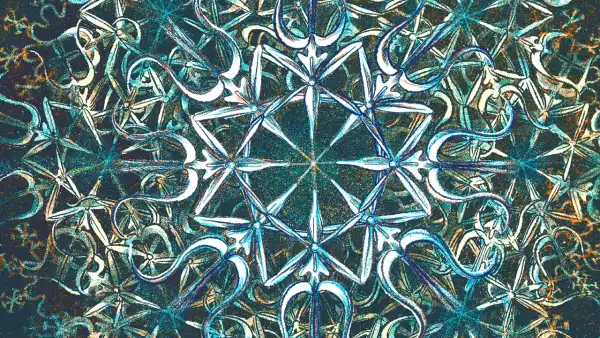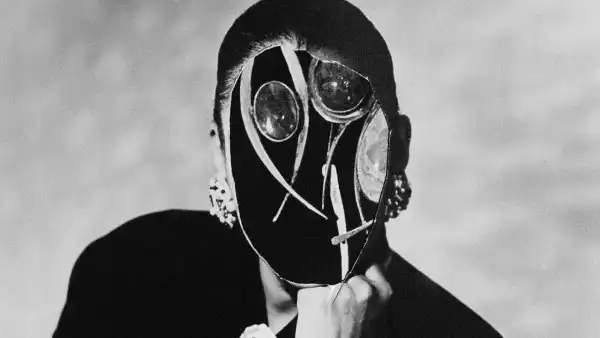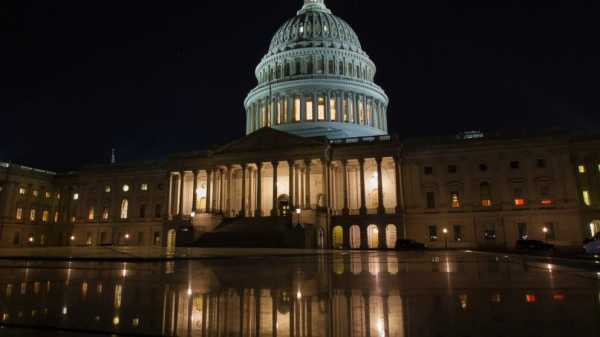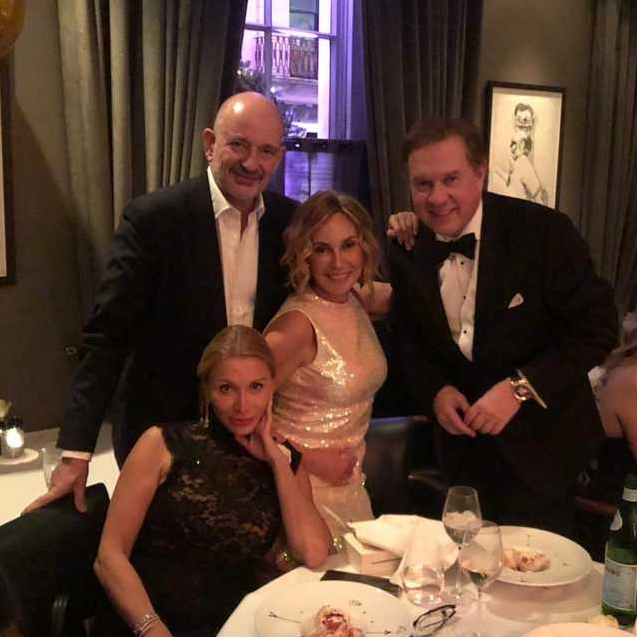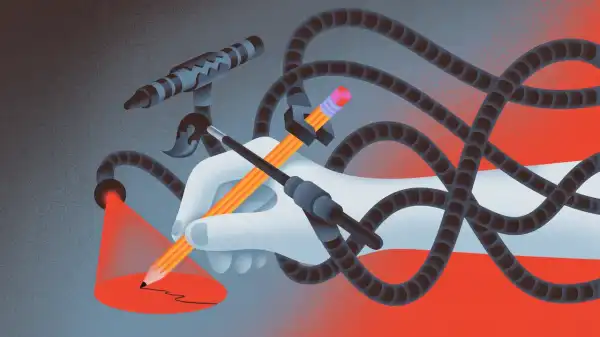
Save this storySave this storySave this storySave this story
If you were asked to create a truly “human” work of art, you would be hard pressed to choose anything better than a Studio Ghibli film. The Japanese animation studio, founded by legendary director Hayao Miyazaki, now 84, is renowned for its hand-drawn imagery, lush organic colors, epic plots, and evocation of both the emotional nuances of childhood and the difficult process of growing up. We American millennials were lucky to have the films synchronized and released in English at the exact moment we were growing up, and so films like My Neighbor Totoro, Princess Mononoke, and Spirited Away have become almost universally recognizable icons of our youth. All Ghibli images are designed to give us a mixture of sweet nostalgia and heartbreak, recalling the lost forest creatures, greedy bathhouse ghosts, and lost connections depicted in Miyazaki’s cinematic stories. Unfortunately, that sense of poignancy quickly fades when we’re exposed to a plethora of Ghibli-style images, as it did last week when we were all online thanks to the latest version of OpenAI’s ChatGPT tool.
GPT-4o, as this new version is called, can create images with much greater accuracy than previous models, and it does so directly in the program’s chat window. (For now, the tool is only available to paid users.) Last year, users of OpenAI’s DALL-E 3 image generator likely created renderings with clumsy hands and gibberish text; attempts to reproduce the same images yielded unreliable results. The new model, by contrast, can generate clear text, preserve the same character across multiple images, and accurately reproduce artistic styles, from hand-drawn to photorealism. During a demonstration on March 25, OpenAI employees including CEO Sam Altman challenged the tool to turn a group selfie into an “anime frame,” which resulted in a cartoonish scene drawn with neat lines, distinctive shading, and detailed fig plants in the background. (One figure had four fingers on one hand, but who’s counting?) After seeing the demo, an engineer named Grant Slatton posted a family photo on X that he had “turned into a Studio Ghibli anime.” It showed him and his wife on a beach with their corgi, sporting the same sparkly pupils, voluminous hair, and softly draped clothing as in Miyazaki’s films. The effect was eerily convincing; any imperfections—like the pixelated stubble on his chin—only became apparent upon close inspection. Slatton’s post has now been viewed nearly fifty million times and inspired countless other Ghibli-style scenes, including some that are completely outside Miyazaki’s cinematic universe—a Ghibli-style Donald Trump raising his fist in the wake of an assassination attempt; a Ghibli plane crashing into the Twin Towers. Perhaps the strangest point in this trend came Thursday, when the official White House account X posted a Ghibli-filtered photo of a sobbing alleged Dominican drug dealer being arrested. (Why are we surprised? This is the same administration that has previously posted ASMR videos of people being deported.)
The use of Ghibli-style anime in OpenAI’s demo was deliberate; “we put a lot of thought into the initial examples we show when implementing this new technology,” Altman later wrote in X. He has since boasted that his company’s servers were “melting” under the load GPT-4o was putting on them. The success of the Ghibli meme marks a new chapter in the evolution of AI mimicry. Previous AI tools have created memes known for their otherworldly, glitchy style—an image of the 2023 Midjourney pope in a flared quilted jacket, or an AI-generated version of Jay-Z’s voice singing a retro rap track. In these cases, the technology’s inability to create flawless verisimilitude was part of their charm. With Ghibli images, you can almost enjoy the charming colors and lines for their own sake, forgetting that they were created by a machine.
That power is as much about GPT-4o’s capabilities as it is about the unforgettable archetypes Miyazaki has created. One popular X post last week screamed, “Art just got accessible,” over a photo of six male friends, which in turn morphed into three different visual styles. But it’s not the art itself that’s being accessible; it’s a photocopy of the art, a more extreme version of, say, a photograph of a painting. The bitter irony of the fake Ghibli meme is that Miyazaki is an outspoken opponent of AI technology. In an infamous 2016 clip, he described an automated animation tool as “an insult to life itself.” That Miyazaki’s life’s work now fuels generative AI is a poignant reminder that he’s a genius.
Sourse: newyorker.com
